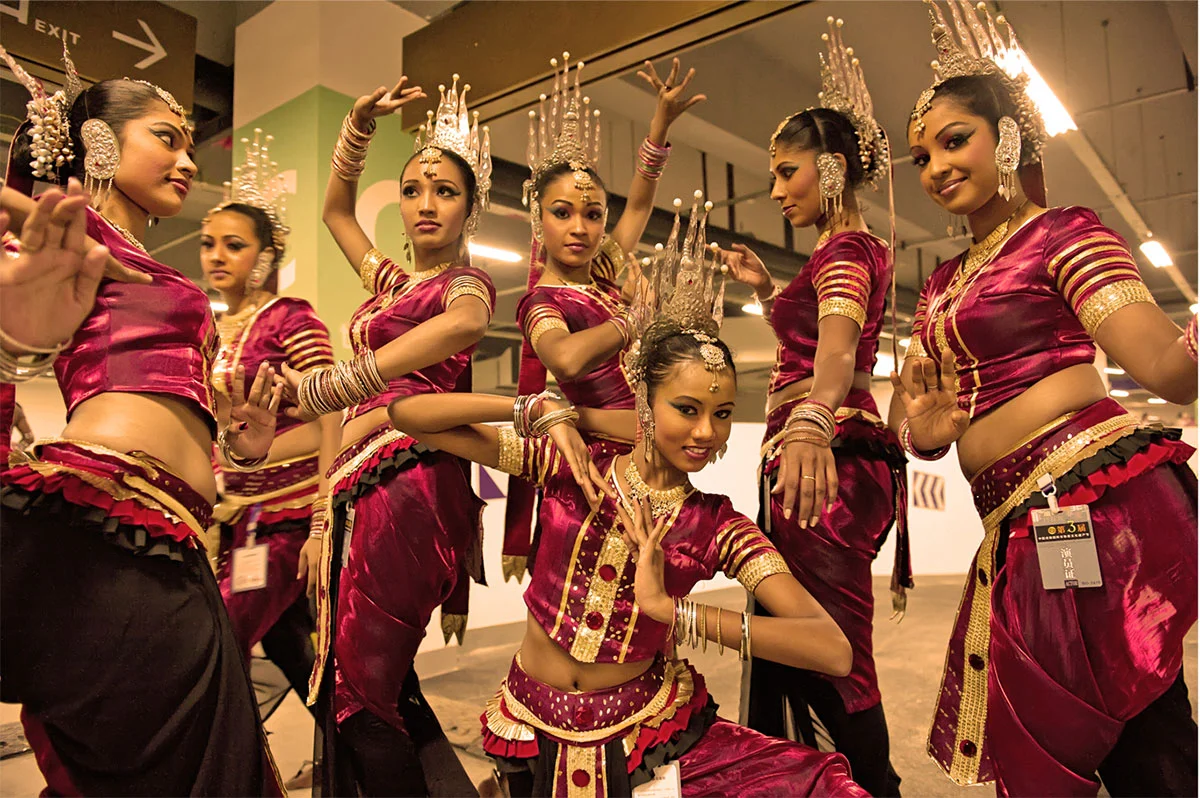Events in Sri Lanka
Why Select Sri Lanka for Events?
Sri Lanka is a great place for hosting event and at NKAR MICE we organise everything from corporate meetings
to conference, exhibitions and even traditional Sri Lankan events.
Events in Sri Lanka with NKAR MICE
Surrounded by the Indian Ocean, Sri Lanka is a destination to visit all year round. This tiny island is an amazing country that offers a wide variety of interests ranging from cultural heritage, nature, wildlife, beautiful landscapes, soft adventures, fauna & flora and exotic beaches that make for perfect venues for events in Sri Lanka.
Sri Lanka is located at the southern most tip of the Indian sub continent dangling like an emerald pendant. It is a dazzlingly beautiful country with a history of 2,500 years which endorses Sri Lanka with a multitude of ancient ruins many of which today have received recognition from UNESCO as world heritage sites.
UNESCO
World Heritage Sites
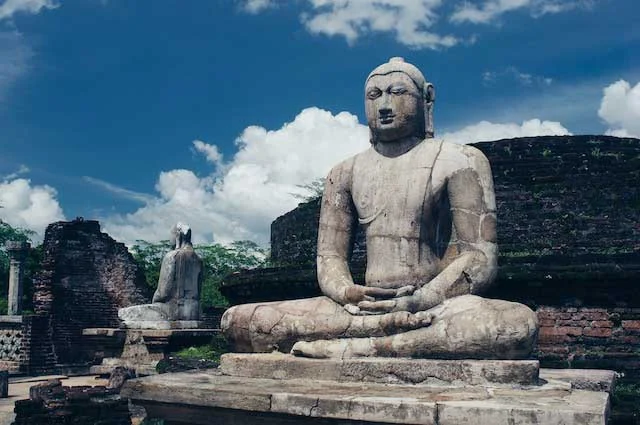
Ancient City of Polonnaruwa
Polonnaruwa was the second capital of Sri Lanka after the destruction of Anuradhapura in 993 B.C. It comprises, besides the Brahmanic monuments built by the Cholas, the monumental ruins of the fabulous garden-city created by Parakramabahu I in the 12th century.
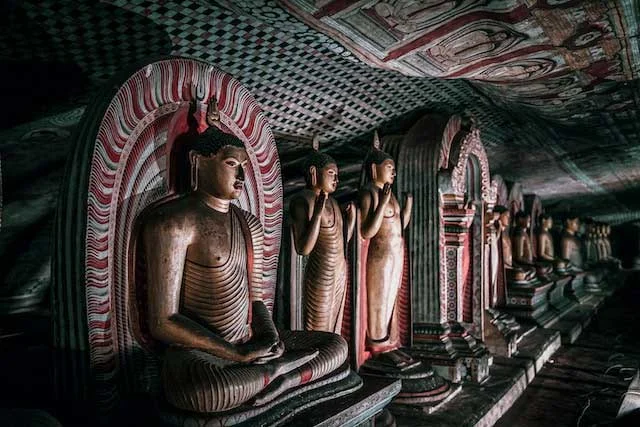
Golden Temple of Dambulla
A sacred pilgrimage site for 22 centuries, this cave monastery, with its five sanctuaries, is the largest and best-preserved cave-temple complex in Sri Lanka. The Buddhist mural paintings (covering an area of 2,100 m2) are of particular importance, as are the 157 statues.
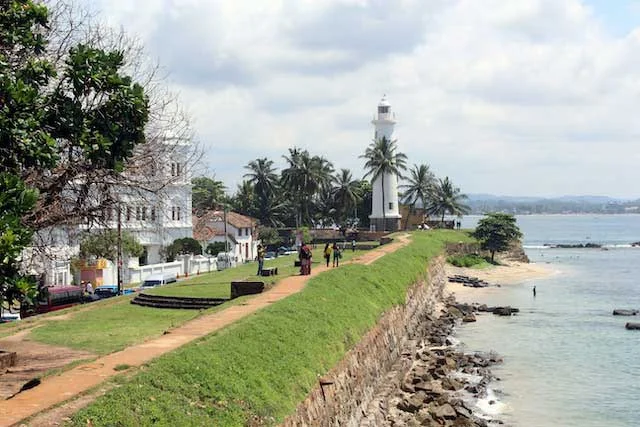
Galle Dutch Fort
Founded in the 16th century by the Portuguese, Galle reached the height of its development in the 18th century, before the arrival of the British. It is the best example of a fortified city built by Europeans in South and South-East Asia, showing the interaction between European architectural styles and South Asian traditions
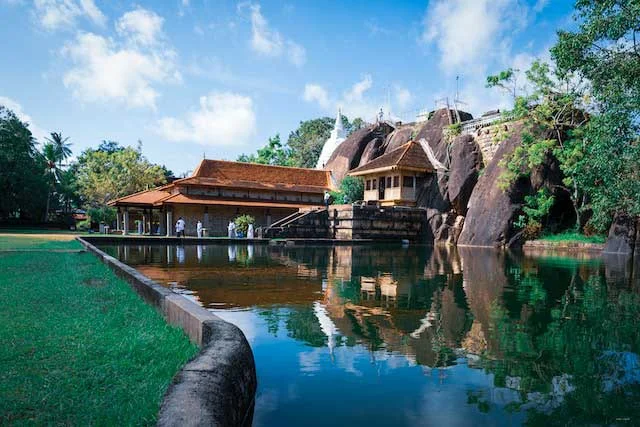
Sacred City of Anuradhapura
This iconic city was established around a sapling from the ‘tree of enlightenment’, the Buddha’s fig tree, brought there in the 3rd century B.C. by Sanghamitta, the founder of an order of Buddhist nuns. It's a political and religious capital that flourished for 1,300 years, was abandoned after an invasion in 993 A.D. Hidden away in dense jungle for many years, the splendid site, with its palaces, monasteries and monuments, is now accessible once again.
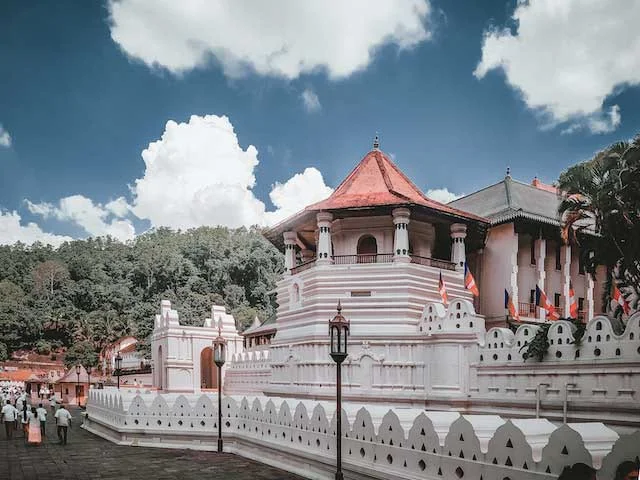
Sacred City of Kandy
This revered Buddhist site, popularly known as the city of Senkadagalapura, was the last capital of the Sinhala kings whose patronage enabled the local culture to flourish for more than 2,500 years until the occupation of Sri Lanka by the British in 1815. It is also the site of the Temple of the Tooth Relic (the sacred tooth of the Buddha), which is a famous pilgrimage site.
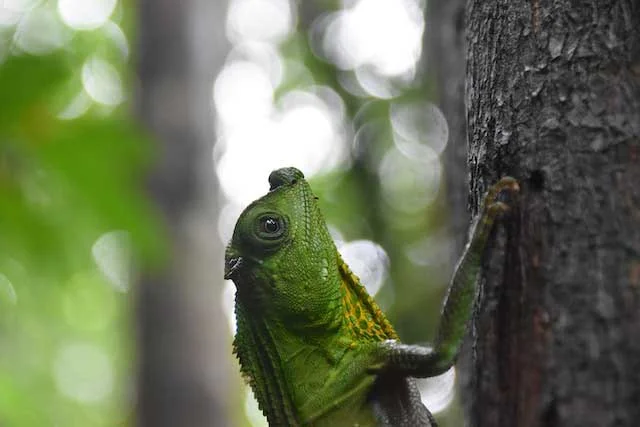
Sinharaja Forest Reserve
Located in south-west Sri Lanka, Sinharaja is the country’s last viable area of primary tropical rainforest. More than 60% of the trees are endemic and many of them are considered rare. There is much endemic wildlife, especially birds, but the reserve is also home to over 50% of Sri Lanka’s endemic species of mammals and butterflies, as well as many kinds of insects, reptiles and rare amphibians.
A bit of History
Sri Lanka has been identified by many names during the different periods of rule. The Greeks and Romans called it ‘Taprobane’. During the time of the Arabian Sailor Sinbad, it was known as ‘Serendib’. The Portuguese and Dutch referred to it as ‘Ceylaan’ and during the rule of the British it was called ‘ Ceylon’ that made a brilliant branding for its Tea – ‘Ceylon Tea’. To the natives of the island it has always been ‘Sri Lanka’ the name going back to dates of the Epic of the Ramayan Legend.
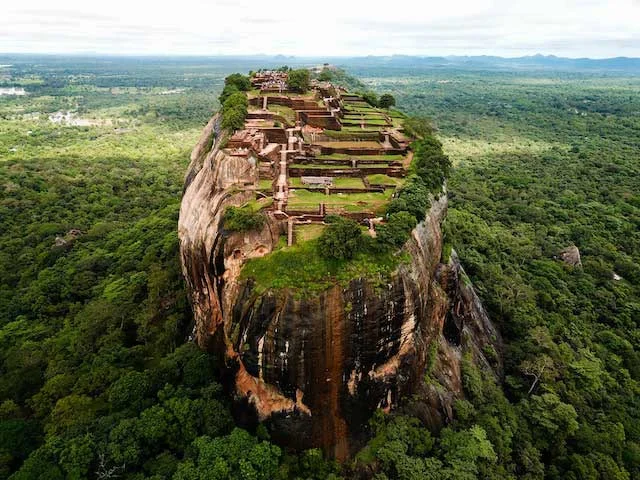

Geography
Geography: Sri Lanka is a small island of 65,610 sq.km., in the Indian Ocean towards the South of India. Sri Lanka is located 880 km North of the Equator. Its beaches merge into jungle rising to the hill country with peaks reaching a height of 2400 metres. Tea plantations and waterfalls embellish the hill country. There are nearly 3000 lakes in the Island. Unspoilt palm lined beaches are found in most parts of the coastal belt. Coral reefs, paddy (rice) fields, wildlife parks and bird reserves are a few of the attractions.
As an island nation the country enjoys year round sunny beaches and calm seas – during six months of the year on the west coast and the balance six months on the east coast, taking into account the west coast of the island being free from monsoons for six months of the year and the balance six months in the east coast.

